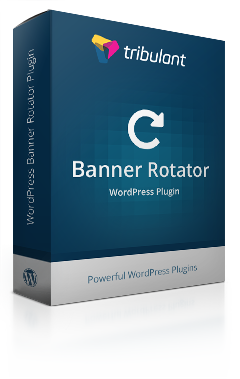Newsletter Config: WordPress Related
Newsletters > Configuration > System > WordPress Related

1. Object Cache
Tick or untick this setting to use WordPress Object Cache to cache data for performance. It’s recommended that this setting is off if your PHP memory_limit is low.
2. TinyMCE Editor Button
This is set to “Show” by default. Setting it to “Hide” will remove the Newsletter Functions icon from the TinyMCE editor. This is a little button with an envelope icon which when pushed brings up various options to insert different shortcodes into the editor.
3. Load external Language
You can turn this setting on to load an external language file- Place the .mo file inside wp-content/plugins/wp-mailinglist-languages/ with the correct file name.
Instructions on the external language file:
Newsletter plugin languages
The language files of the Newsletter plugin are separately distributed. There are two reasons for this:
- To reduce the size of the plugin which needs to be installed/uploaded
- To allow you to host the languages in an external folder to prevent it from being overwritten.
How to obtain the language files
You can obtain the language files from Github at: https://github.com/tribulant/wp-mailinglist-languages This folder contains all the .PO and .MO files with the current, available languages.
Only the .MO files are actually used by WordPress. The .PO files are the source, which can be opened with an application such as poEdit: http://www.poedit.net
How to use the language files
Follow these steps to use the language file(s) you want:
- Pick the .MO files from Github for the languages that you want to use. For example “wp-mailinglist-de_DE.mo”
- Go to “wp-content/plugins/” in your WordPress installation and create a “wp-mailinglist-languages” folder there.
- Upload the “wp-mailinglist-de_DE.mo” file to “wp-content/plugins/languages/” folder you created.
- Go to Newsletters > Configuration > System > WordPress Related in the plugin and tick/check “Yes, load external language file” for the “Load External Language” setting.
Please note, if you don’t tick/check that setting in #4 above, the plugin will look inside “wp-content/plugins/wp-mailinglist/languages/” for a language file.
That’s it, the German – de_DE (in this example) language file will now be loaded if the locale is de_DE. In the same manner, you can add more .MO files to that “wp-content/plugins/wp-mailinglist-languages/” folder accordingly.
How to update the language files
Follow these steps to update language files:
- Open the “wp-mailinglist-languages” folder distributed with the plugin.
- Pick the .PO file for the language that you want to update for example “wp-mailinglist-es_ES.po” which is Spanish/Espanol.
- Open the .PO file in an application like poEdit: http://www.poedit.net
- Check the settings of the catalog in the application so it scans the correct paths, etc… and run a scan/update on the .PO file.
- Translate/update strings as needed and then save the .PO file. It will automatically generate a new .MO file which can be used with the plugin and WordPress
4. “Send as Newsletter” Box on posts and pages
This is set to “Show” by default. Setting it to “Hide” will remove the Send as Newsletter box that shows below your WYSIWYG editor.
5. Register New Subscribers as Users
If “Yes” is selected in this setting, new subscribers to the newsletter plugin will also automatically be added as a WordPress user (subscriber role). The subscriber will receive a WordPress new user notification with their username/password to login. If set to “No” then no further action is taken with this.
6. Change Permissions
This section allows you to assign different levels of security to different groups of users. All the way through from Contributors (Level 1) to Administrators (Level 10), you can choose which WordPress user level on your WordPress site has the right to access which sections of the back-end of the WordPress Newsletter plugin. This will make a new section visible which is explained below.
7. Permission Checkboxes
This is a list of every section in available in the plugin. Checkboxes are available for each WordPress user role. All the admin boxes are selected by default and you can then add more roles to access various sections of the plugin. Example, allowing Editors to create and send newsletters as you can see in the screenshot.
Beautiful Newsletter Templates
Professional newsletter templates that are fully responsive for desktop, tablet, and mobile. They are 100% cross-client compatible.

